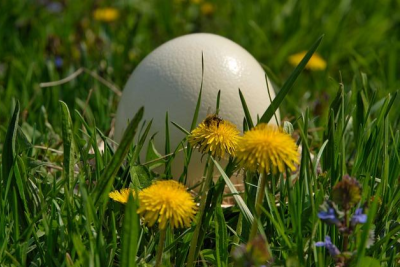Ostriches have long captivated human interest with their impressive speed and imposing size. One question that has piqued curiosity is whether these majestic birds can swim. In this brief blog post, we will explore the truth behind the swimming myth surrounding ostriches.
OSTRICH ANATOMY AND SWIMMING ABILITY
Ostriches, as part of the ratite family, possess unique anatomical features. Their large, heavy bodies and powerful legs are well-suited for running across their natural habitats. However, these attributes do not lend themselves to swimming. Ostriches lack the buoyancy required to stay afloat due to their heavy body and hollow bones. Moreover, their non-functional wings are not designed for swimming.
OSTRICH BEHAVIOR NEAR WATER
While ostriches are not swimmers, they may wade into shallow water sources for drinking or cooling off in hot weather. However, this behavior is an adaptation to their surroundings and not true swimming.
The notion of ostriches being skilled swimmers is a myth. Their anatomy and behavior demonstrate that they are not built for aquatic life. Instead, these awe-inspiring birds excel in running across vast savannas and deserts. Understanding and respecting their natural inclinations enriches our appreciation for the diverse wildlife that coexists with us on our planet.






